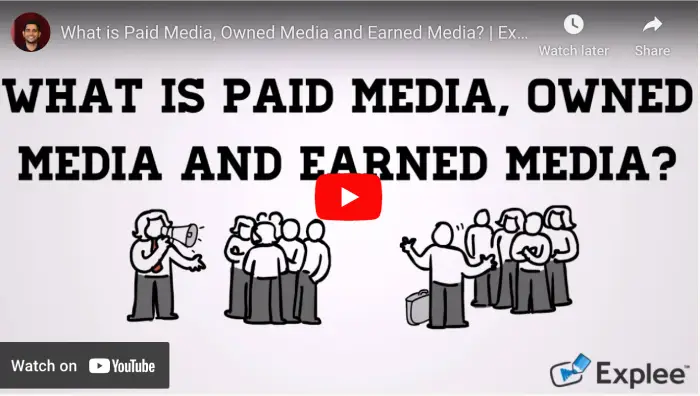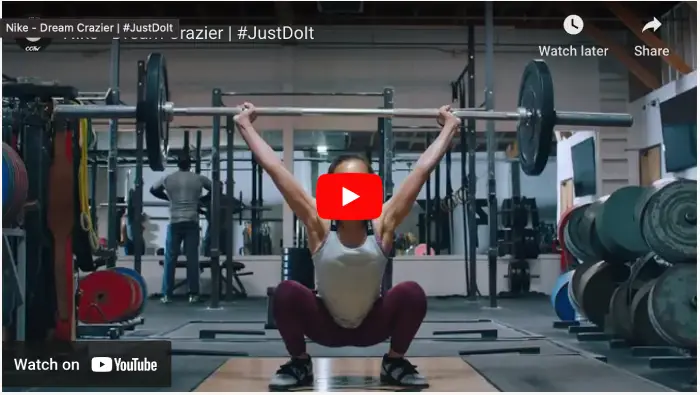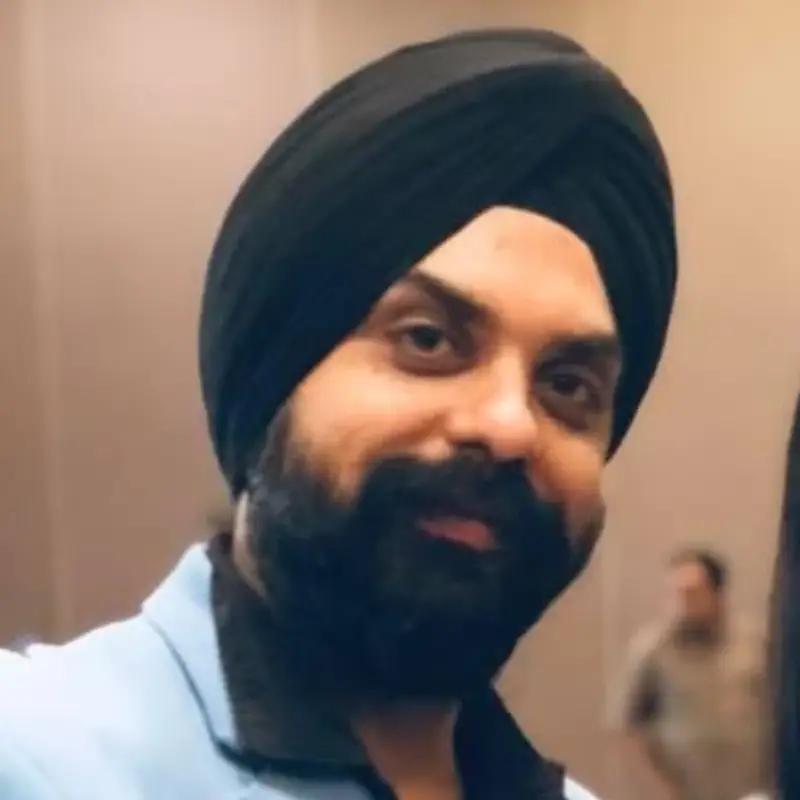Introduction to the POEM Framework
The POEM Framework – Paid, Owned, and Earned Media has revolutionized digital marketing by offering brands a structured approach to reach, engage, and convert audiences. Each media type plays a unique role in brand visibility, customer trust, and online success, making it essential to understand how to balance them effectively.
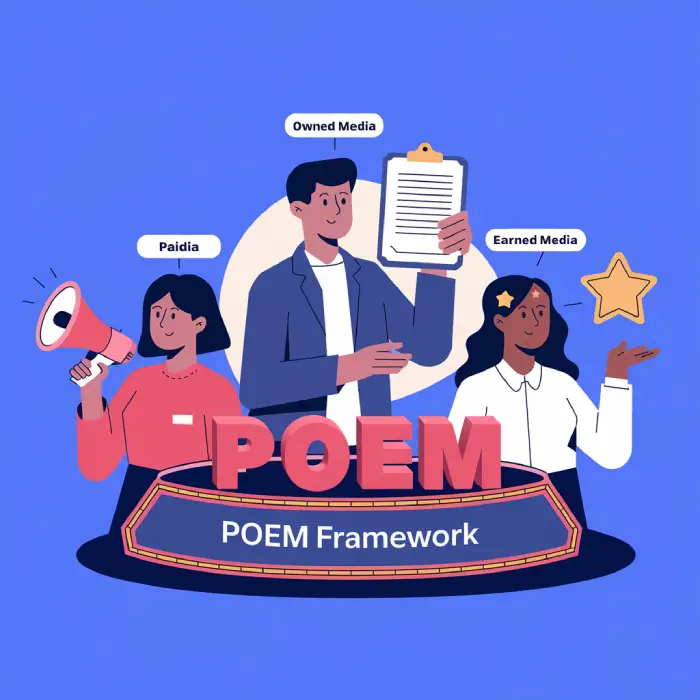
Key Points Covered:
- Definition and Origins of the POEM Framework: The POEM framework was designed to help brands diversify media efforts for maximum impact.
- Importance of POEM in Digital Marketing: Utilizing all three types paid, owned, and earned media creates a well rounded digital strategy, ensuring brands can build awareness, credibility, and engagement. Understanding the POEM Framework is key to building a well rounded digital strategy. For a comprehensive foundation in digital marketing, consider exploring our learn digital marketing in Delhi from DSDM course to master essential strategies across paid, owned, and earned media.
What is Paid Media?
Paid media is any online content a brand pays to promote, such as ads and sponsorships.
Key Subtopics:
- Types of Paid Media Channels: Includes PPC (pay-per-click), display ads, and social media ads. Each type serves unique purposes, from increasing site traffic to driving specific audience actions.
- Key Benefits and Challenges: Paid media brings quick visibility but can be costly. Proper targeting and budgeting are essential for achieving a high ROI.
Examples of Effective Paid - Media Campaigns: Highlight successful campaigns from major brands to illustrate the power of well strategized paid media.
One of the most effective ways to leverage paid media is through PPC advertising, which enables brands to reach targeted audiences quickly. If you’re looking to deepen your understanding, check out our pay per click course in Delhi by DSDM to master PPC strategies
Understanding Owned Media
Owned media encompasses digital assets that brands fully control, including websites, blogs, and social media profiles.
Key Subtopics:
- What Qualifies as Owned Media?: Owned media assets are unique in that they allow brands to directly manage content, messaging, and user experience.
- Optimizing Owned Media for Better Engagement: SEO, UX/UI design, and regular content updates are key strategies to keep audiences engaged on owned platforms.
- Benefits of Investing in Owned Media Channels: It provides a reliable space to promote a brand’s mission, engage audiences, and convert visitors.
Exploring Earned Media
Combining paid, owned, and earned media enables brands to create a cohesive digital presence.
Key Subtopics:
- Importance of Blending Paid, Owned, and Earned Media: Each media type strengthens the other; paid media can drive traffic to owned media, which can lead to earned media through engagement.
- How to Create a Cohesive POEM Strategy: Identify brand goals, choose suitable media channels, and ensure consistent messaging across platforms.
- Tips for Aligning Content Across the POEM Framework: Use content pillars, unified brand voice, and cross promotion to create a seamless customer journey.
How AI Helps the POEM Framework in Digital Marketing?
AI has transformed the effectiveness of the POEM Framework by optimizing processes and providing insights that help brands strategically balance each type of media.
Key Subtopics:
- AI in Paid Media: Through audience targeting, bid optimization, and predictive analytics, AI maximizes paid media ROI by making ads more personalized and efficient.
- AI in Owned Media: AI tools enhance owned media with SEO, content recommendations, and audience segmentation, ensuring a more tailored experience for users.
- AI in Earned Media: AI-driven sentiment analysis and influencer identification streamline the tracking of earned media, helping brands amplify positive mentions.
- AI’s Role in Integrating POEM Channels: By analyzing how users interact across all media, AI tools provide insights to seamlessly link paid, owned, and earned channels.
Benefits of Using the POEM Framework
The POEM framework brings multiple advantages that contribute to sustainable digital growth and customer engagement.
Key Benefits:
- Increased Brand Awareness and Reach: With a balanced approach, brands maximize reach across platforms.
- Improved Customer Trust and Loyalty: The POEM framework supports brand credibility, building trust through both controlled messaging and genuine user endorsements.
- Cost-Effectiveness of Balanced Media Investments: By leveraging owned and earned media alongside paid, brands can achieve efficient long-term cost savings.
Case Studies: POEM Framework in Action
Case studies help bring the framework to life with real-world examples from brands.
Real-Life Examples of Brands Using POEM Successfully
Coca-Cola
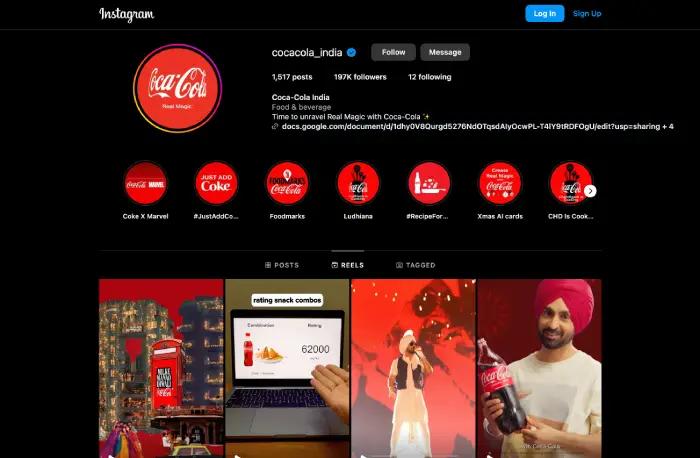
- Paid Media: Coca-Cola runs extensive advertising campaigns on social media, TV, and digital platforms to promote new products and seasonal campaigns.
- Owned Media: They maintain a strong brand presence with their own website, mobile app, and social media profiles, which provide a consistent brand experience and showcase content like Coca-Cola’s sustainability efforts.
- Earned Media: Coca-Cola benefits from user-generated content (e.g., fans sharing photos with Coca-Cola products) and media mentions, especially during high-profile events like the Olympics, which Coca-Cola sponsors.
Nike
- Paid Media: Nike invests heavily in paid social media ads, Google Ads, and high-impact TV ads featuring celebrities and athletes, especially around product launches.
- Owned Media: Nike’s website and Nike+ app are central to its owned media, offering exclusive content, shopping experiences, and loyalty programs.
- Earned Media: The brand frequently trends on social media with campaign-driven hashtags like #JustDoIt, which fans and influencers share widely, amplifying Nike’s reach.
Airbnb
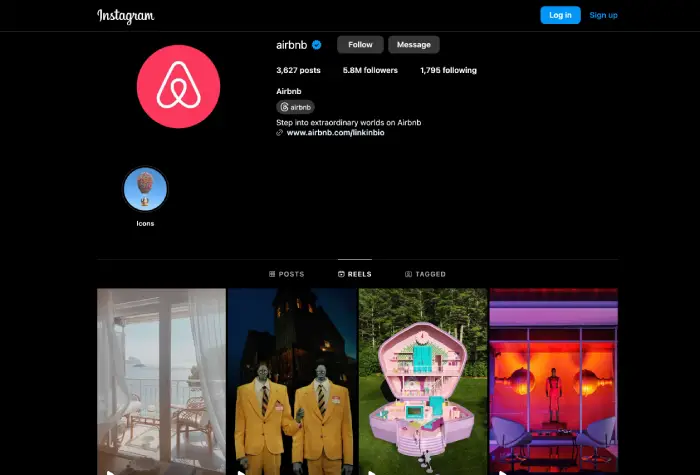
- Paid Media: Airbnb uses paid search ads, retargeting ads, and social media ads to reach potential travelers.
- Owned Media: Its main platform, Airbnb.com, is a hub for content, destination guides, and user-generated reviews, which serve as trust building owned media.
- Earned Media: Airbnb enjoys significant earned media through PR efforts, influencer partnerships, and customers sharing unique travel experiences on social media.
Starbucks
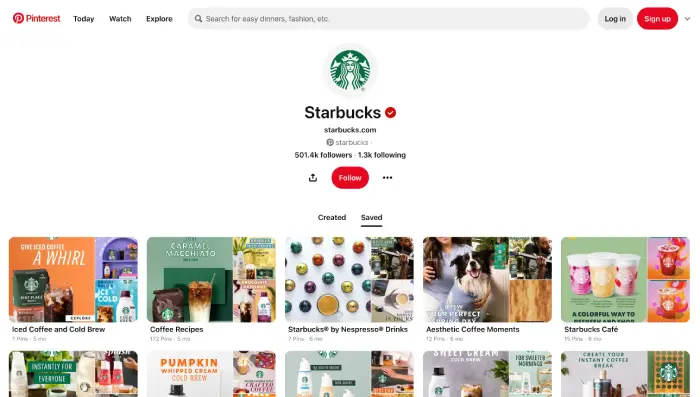
- Paid Media: Starbucks frequently runs paid social media ads and targeted promotions on channels like Facebook, Instagram, and Twitter.
- Owned Media: Their website, mobile app, and social media pages offer exclusive content, rewards, and product information.
- Earned Media: Starbucks benefits from user-generated content (such as customers posting their custom drink orders), news mentions, and influencer partnerships, which add credibility to the brand.
Lessons Learned and Best Practices
- Coca-Cola and Nike demonstrate how consistent, high-quality paid and owned media efforts can foster a strong brand image that naturally attracts earned media.
- Airbnb showcases how owned media (its platform) can provide a rich customer experience, encouraging organic sharing and positive earned media.
- Starbucks shows that combining user engagement on owned media (its app) with creative paid media strategies can create widespread earned media.
The Future of the POEM Framework
With the rapid development of technology and digital trends, the POEM framework is evolving.
Key Subtopics:
- Emerging Trends and Technologies Impacting POEM: AI, AR, and VR are transforming digital media strategies, allowing for more immersive experiences in paid, owned, and earned media.
- How POEM is Evolving in Digital Marketing: Expect a shift toward more integrated, data-driven strategies that make use of advanced analytics and personalization.
- Predictions for POEM’s Role in Future Strategies: The POEM framework is likely to become increasingly customer-centric, with AI-driven personalization and seamless integration across media channels.
Getting Started with the POEM Framework
Practical steps for implementing the POEM Framework are essential for brands new to this strategy.
Key Subtopics:
- Step-by-Step Guide to Implementing POEM: Start with identifying goals, followed by channel selection, content creation, and finally, measurement.
- Tools to Measure Success Across Paid, Owned, and Earned Media: Mention tools like Google Analytics, Hootsuite, and Sprout Social to track the performance of each media type.
FAQs
POEM is an acronym for Paid, Owned, and Earned Media, a strategic framework in digital marketing to balance different media types.
It helps brands maximize reach, foster trust, and optimize their digital marketing spend by leveraging diverse media types strategically.
Earned media includes social media mentions, online reviews, and organic shares of your content by users or influencers.
Start with clear goals and ensure each media type complements the other, creating a seamless and consistent brand message.
Tools like Google Analytics, SEMrush, Sprout Social, and Mention are useful for measuring engagement across paid, owned, and earned media.
Yes, the POEM Framework can be adapted to fit small budgets and resources, helping smaller brands achieve better reach and engagement.
